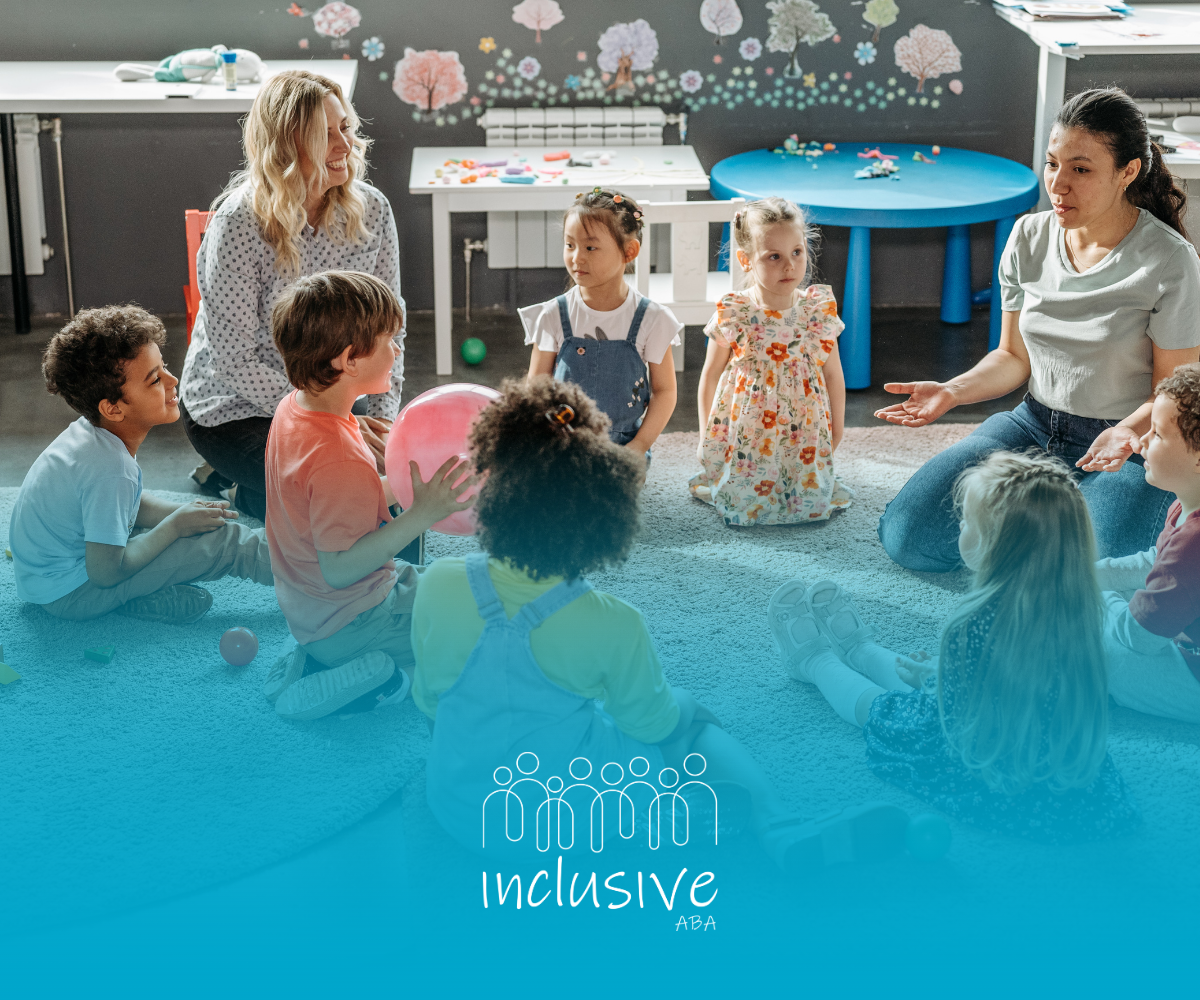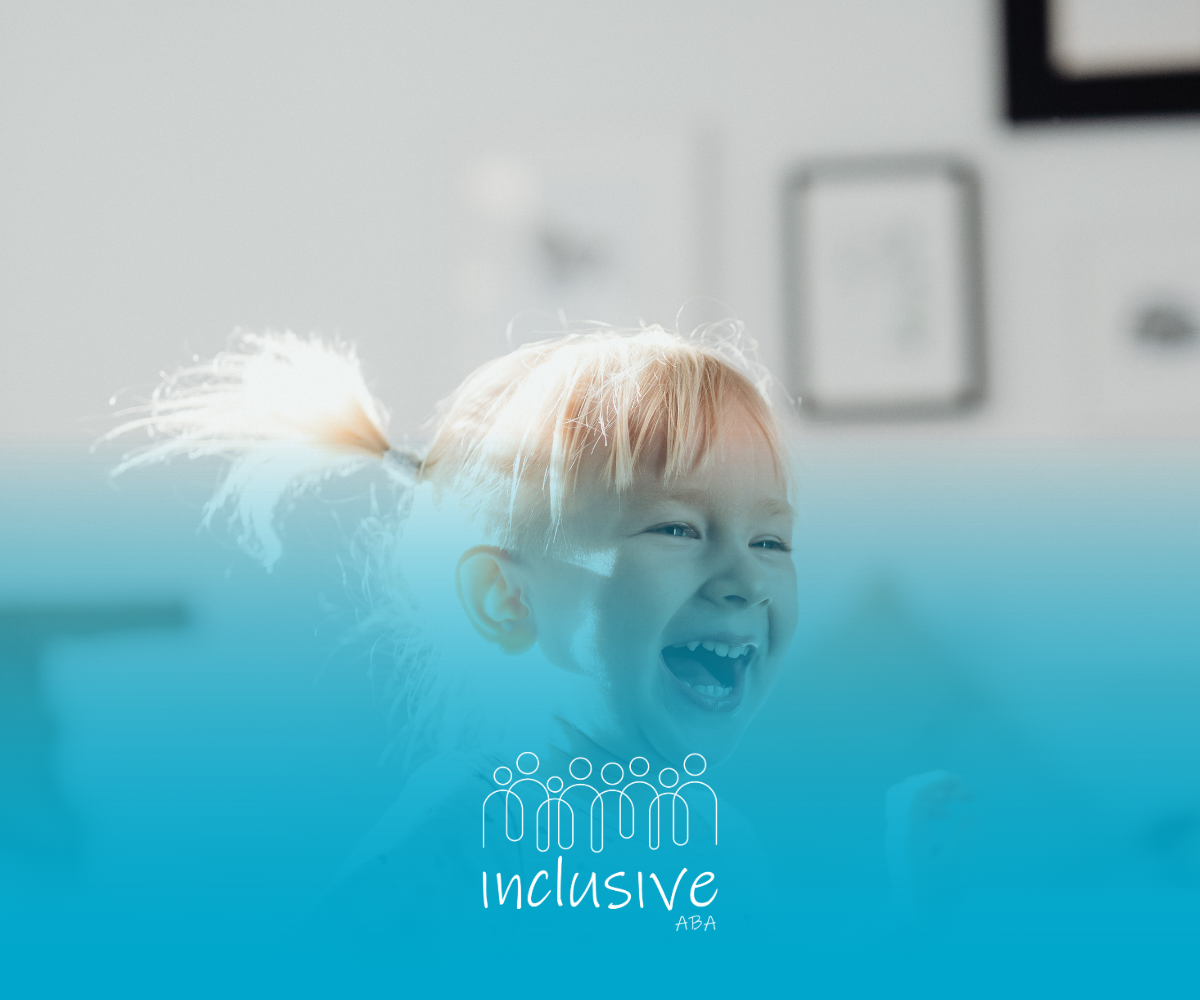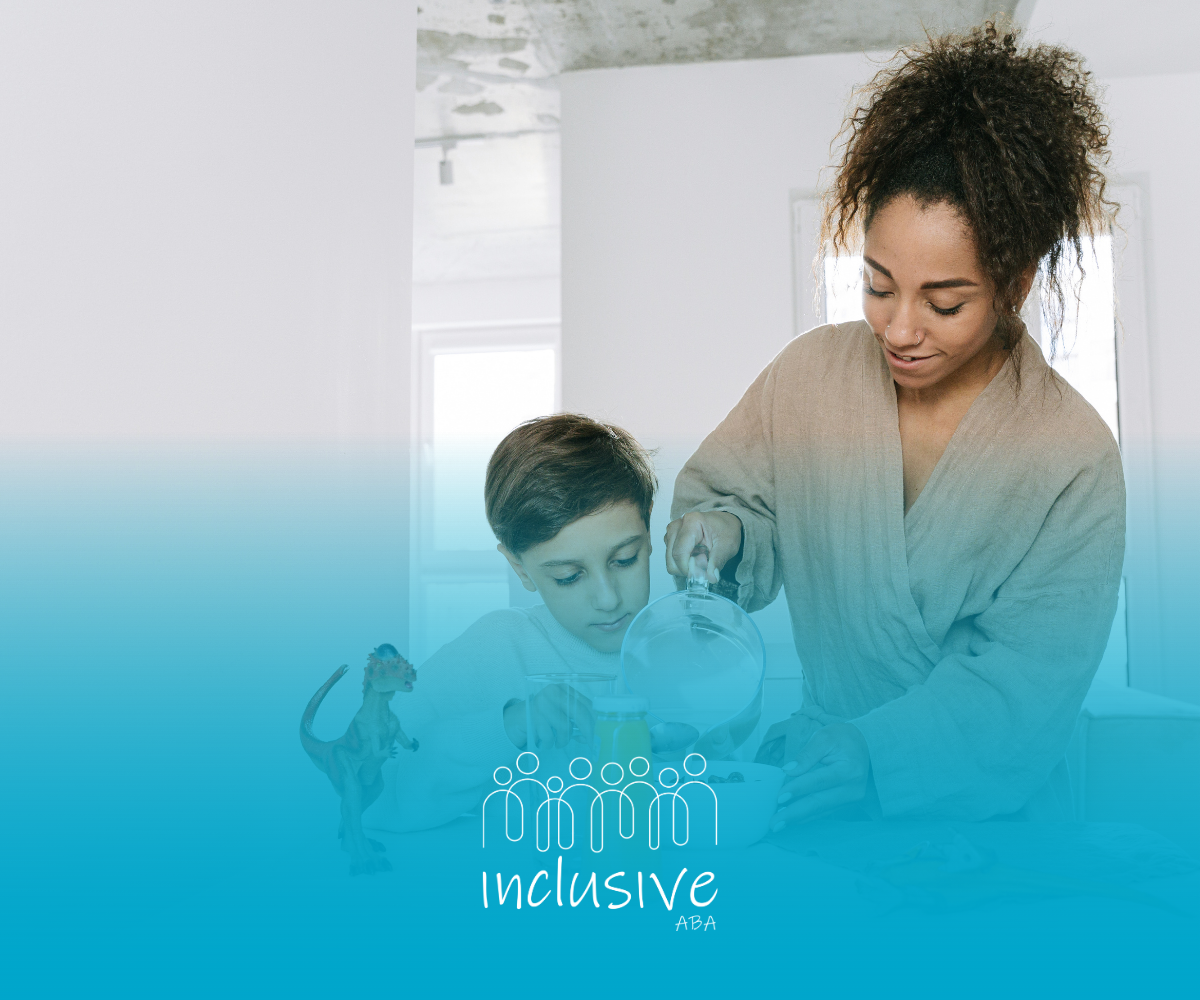Autism in Families: Common Genetic Link
Autism spectrum disorder (ASD) is a kind of neurodevelopmental disorder that affects how a person talks and acts. Many studies say that it often happens in some families, which can make it harder to spot and take care of. Genetic factors are very important to know why it shows up more in some families. But it is not only about what comes from family; environmental influences also play a part in how the autism spectrum shows up in each person. When families know about the different things that cause autism spectrum disorder, they can better see the risks, signs, and support that their children may need.
What Does It Mean When Autism Runs in Families?
When autism is seen in more than one generation in a family, it often points to a strong genetic link. Family members have some genetic traits in common. These can lead to a higher risk for autism. For example, if one child has autism, there is a higher chance that siblings and other relatives may also have it. If there is an affected family member, it does not mean for sure that another person will get the same diagnosis. But this will make the risk higher.
This higher risk is because of genetic mutations and changes that are passed down. These changes can have an effect on early brain development in the child. Studies show that families with more than one autistic person may have risk factors that we can see. If you have a close family member with autism, you should keep an eye out for signs. Early checks can help. If you know about these risks, you can look for signs early and help children sooner. These steps make a big difference for kids and their families.
Understanding the Basics of Autism Spectrum Disorder
Autism spectrum disorder, or ASD, is a condition that affects how a person grows. It makes social interaction, talking with others, and dealing with habits or routines hard. The people with autism spectrum disorder may find it hard to read social cues or connect with others. They may also find it hard to show how they feel. This can make getting along with people tough.
The signs of this disorder can be different for each person. Some have mild behaviors, while for others, the signs are easy to see. Many people on the autism spectrum show the same actions over and over. They may also be very sensitive to loud sounds or bright lights. These signs show how wide the autism spectrum can be.
Every time someone is told they have autism, it is not the same. People who work in health use different ways to look at and help each person based on their needs. It can be hard to spot autism spectrum disorder because the signs are not always clear. But knowing the common traits of ASD can help people who care for or work with someone give better help or support.
Signs That Autism May Have a Family Connection
A family history of autism usually means that the condition can be passed down through genes. It helps people see that some traits may run in the family. If there is an affected family member, the family should watch for signs that show these genetic links.
Signs to watch for are:
- An affected family member who repeats actions or has trouble with social interaction.
- More than one person in the same family or over several generations who show autism spectrum disorder traits.
- Brothers or sisters who have a hard time with social skills or talking to others.
- Relatives who have symptoms of neurological disorders or delays in growing up, along with autism traits.
Watching for these family patterns can help spot risk factors early. If there are a lot of signs in more than one family member, it is best to see a pediatrician or a specialist in child development for an evaluation.
Genetics and Autism: What Do We Know?
The genetics of autism show that changes in DNA passed down from parents play big roles in how ASD starts. Even though researchers have found some genetic links to autism, there is not one main cause.
Instead, different genetic changes can change how the brain grows. These changes also affect how brain cells talk to each other and how people act. Because of this, we can start to understand autism risk for families. Over time, more research may tell us more about how these changes touch each person. It can also help families know more and give better care.
How Genes Influence Autism Risk
The role of specific genes in autism spectrum risk has become clearer because of new science. Many different genetic mutations, often called autism genes, have an effect on the way the brain develops and on how brain cells talk to each other. Some of these genes can raise autism risk on their own, while others only add risk when they are found along with different mutations.
For example, genetic mutations can change the way that neurons connect and talk. This also affects how brain cells and even whole parts of the brain can send signals to each other. These kinds of changes can lead to problems with development that are known as autism spectrum disorder.
Even though a lot of these traits can be passed down, there are also spontaneous mutations. Spontaneous mutations do not show up in the DNA of a child’s parents. Still, these play a part in shaping how the brain grows. Spontaneous mutations help show us how many ways there can be for genes to affect autism risk.
Single-Gene vs. Multi-Gene Contributions
Autism risk can come from single-gene disorders or from the way many genes work together. Conditions like Rett syndrome and fragile X syndrome have a clear genetic cause. These single-gene disorders show that just one genetic change can lead to an autism diagnosis with strong symptoms.
But sometimes, autism happens when several genes mix with things from the environment. This makes autism risk harder to spot. Let’s look at how they differ:
| Single-Gene Disorders | Multi-Gene Contributions |
|---|---|
| Clear genetic cause | Complex interplay of genes |
| Linked with severe symptoms | Often lead to variable presentations |
| Easier to identify through testing | Requires broad genomic analysis |
For most kids with autism, their symptoms come from having a lot of smaller genetic changes, not just from one gene mutation. Genetic testing helps doctors and families learn about these autism risk factors. This testing lets them see if Rett syndrome, fragile X syndrome, or another genetic cause is the reason. The results guide the next steps for treatment and support.
Family History: Looking at Siblings and Parents
Family history does play a part in how autism may develop. This can affect both siblings and parents. Siblings of kids with autism may also have a higher risk. But each person’s diagnosis is different.
Parents can have genes that make autism more likely. They might not show any symptoms, but they can still pass these genes on. Learning more about the link between family history and autism can help families keep track of how their kids grow. It is good to watch for changes and think about early intervention if needed.
Patterns Seen in Siblings with Autism
Siblings show some interesting patterns when it comes to autism risk. Studies say that siblings of kids on the autism spectrum are more likely to get the same diagnosis than kids who do not have autistic brothers or sisters.
This risk for siblings happens on a population level. The data says that if one child in the family is already on the autism spectrum, then there is about a 20% chance for their sibling to also be on the spectrum. If two siblings show signs of autism, the chance goes up even more. This is because of how their genes work together.
This does not mean all siblings will get an autism diagnosis. But it does show that family setup can make a big difference in autism risk. Knowing about these patterns is good for care and how we assess children. It can help us look for autism spectrum traits earlier and improve support for these families.
The Role of Extended Family and Genetic Inheritance
Some traits of the autism spectrum can be seen not only in the closest family but also in cousins, grandparents, and other relatives. This shows that genes may pass autism risk factors through more than the immediate family.
For example, family members like grandparents or cousins can have DNA patterns that add to autism risk. This can happen even when the parents do not have any traits themselves. Unaffected parents can pass down these genetic markers without being on the autism spectrum or showing any signs.
When people know how extended family members are part of this, doctors can get a better look at the connections of autism in the whole family. This can make families more likely to look into genetic testing and learn more about their own risk.
Other Factors That May Affect Autism Risk
Environmental factors and genetic contributions both affect autism risk. Prenatal exposure to air pollution and maternal infections during pregnancy are two environmental factors that have been studied a lot.
Advanced age of the parents and problems during birth also interact with genetic contributions to affect autism risk. These environmental influences do not, by themselves, cause autism. But, when these are mixed with genetic factors, autism risk goes up. If families understand these things better, they can make better choices about intervention strategies.
Environmental Influences Alongside Genetics
Environmental influences and genetic factors both play roles in autism risk. Studies show that prenatal exposure to toxins, like air pollutants, can raise the chances of developmental disorders.
Maternal infections during important times of pregnancy and problems during birth, like oxygen loss, also mix with genetic traits related to autism. These things may not be as strong as genes, but they still affect brain growth and how some traits show up.
Smaller environmental factors, such as stress or the mother being obese, can also change what happens with the baby before birth. Knowing about genetic and environmental factors helps families manage and lower autism risk.
The Importance of Early Support and Intervention
Early intervention is very important for children on the autism spectrum. It helps kids grow and makes hard things easier. The best support systems focus on early childhood help that fits what each child needs.
Key benefits include:
- Stronger communication skills with speech therapy.
- Better social interaction with the right teaching.
- Higher quality of life by using good therapy tools.
Families who act early make sure their children get the help they need to do well, even when there are challenges. Building strong support networks also helps kids grow emotionally and reach important social milestones.
Conclusion
Understanding how autism is linked to genes is very important for families. Many people see that autism can be in their family, so genes do have a big part in it. Looking at your family history can help you learn more. It also gives ideas about how autism risk may change for each person.
There are also environmental influences that matter. Getting early help is a good step. Knowing about all these things can help you make better choices for your family. It can also help you give them the best support.
Understanding the genetic links of autism, as explored in this article, provides families with valuable insights into their unique journey. At Inclusive ABA, we embrace this comprehensive perspective, recognizing that while genetics may play a role, personalized, family-centered support is paramount. Our expert team specializes in tailoring Applied Behavior Analysis (ABA) programs that consider every aspect of your child's and family's needs, moving beyond a diagnosis to empower genuine progress. We work collaboratively to build on strengths, address challenges, and foster development within a compassionate and inclusive environment. Choose Inclusive ABA to partner with a team that truly understands and supports your family's path, ensuring every step is a step towards growth.
Frequently Asked Questions
Is autism more likely to be inherited from the mother or father?
Autism risk genes can be passed down from a mother or a father. The genetic factors in both parents can affect the chance of a child’s autism. At times, changes linked to autism can start on their own and do not come from the parents. Both parents can have genetic variations that increase their child’s autism risk, even if they do not show any signs themselves.
If one child is autistic, will siblings have autism too?
Siblings of children with autism have a higher risk of also being autistic. Studies show there is a 20% chance for autism if one sibling is diagnosed. If two siblings are autistic, the risk goes up more for others on a population level. But not every sibling will get autism traits or receive a diagnosis.
Can genetic testing predict autism in families?
Genetic testing helps us find out about changes in genes and the main risk factors linked to autism. But it does not tell the whole story. This kind of test shows some things about autism, but cannot be used by itself to confirm that someone has autism. When you use genetic testing together with doctor checks, you can get more helpful answers about what causes autism in people and their families.
Sources:
https://www.cdc.gov/autism/index.html
https://health.clevelandclinic.org/are-siblings-at-greater-risk-of-autism
https://www.cdc.gov/autism/signs-symptoms/index.html
https://pmc.ncbi.nlm.nih.gov/articles/PMC3513682/
Looking for Expert Help? We're Here for You!
Our compassionate and skilled team is devoted to enhancing your child's development through customized ABA therapy. Let us partner with you to create a supportive environment for your child's success.
Discover how we can help your family thrive with expert ABA therapy.
Related Posts







